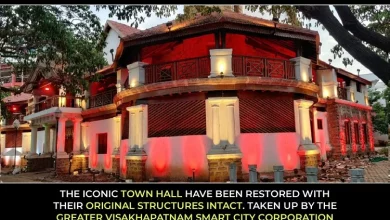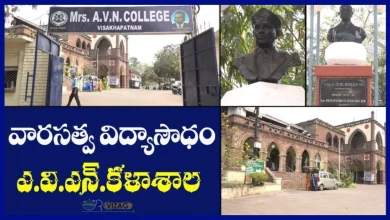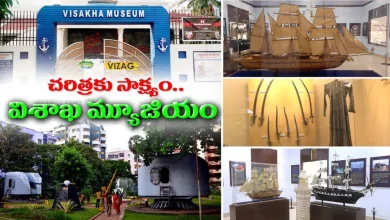Hawa Mahal Vizag (Story, History, Location and Images)
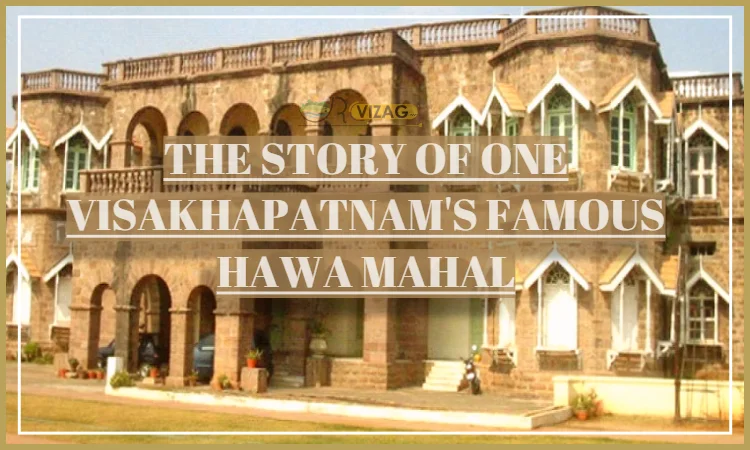
Hawa Mahal Images
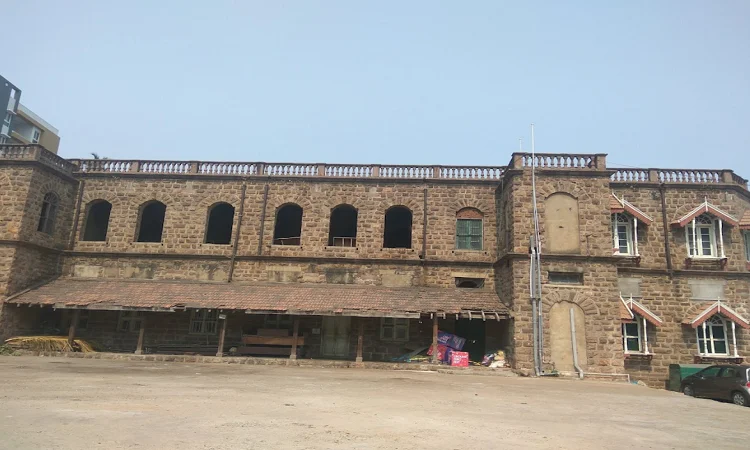
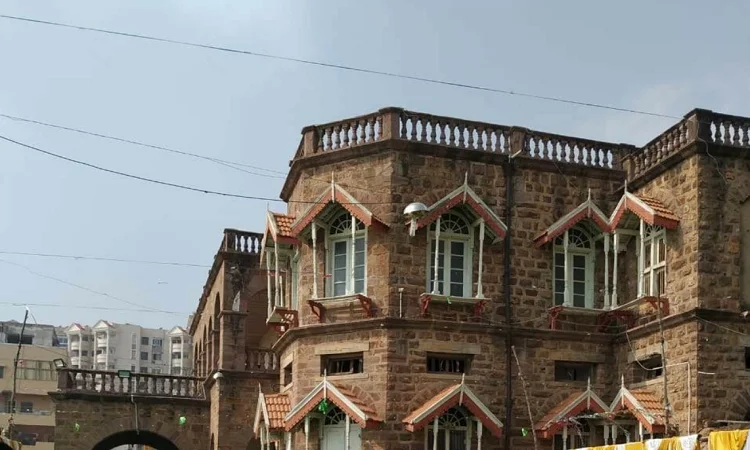
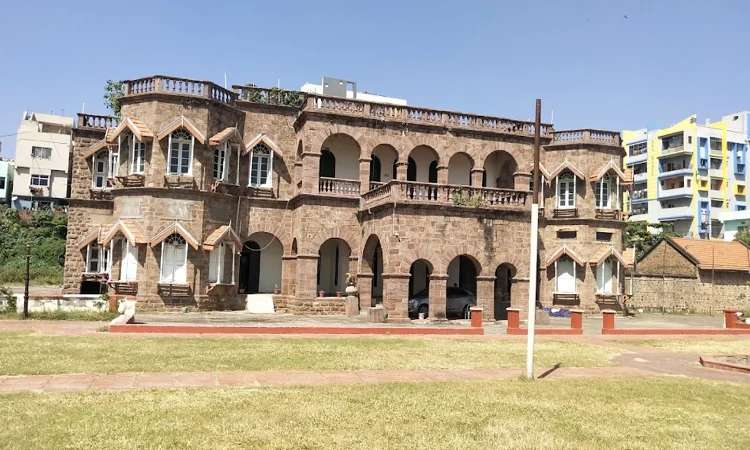
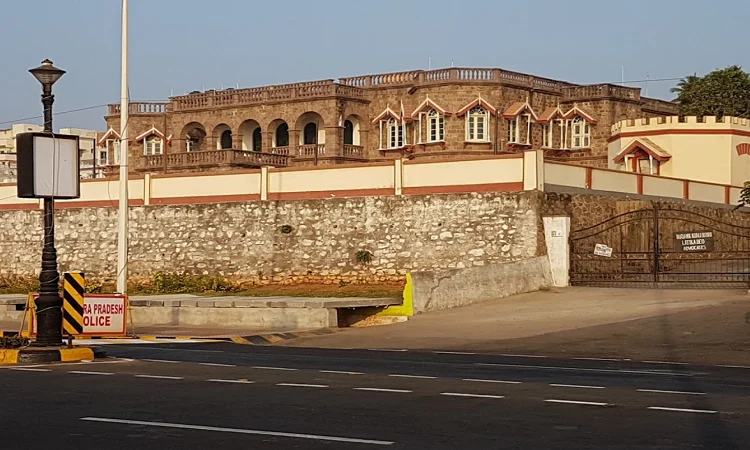
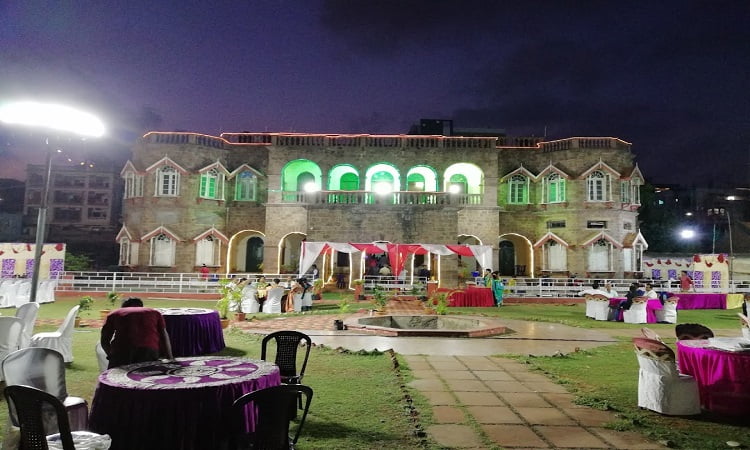
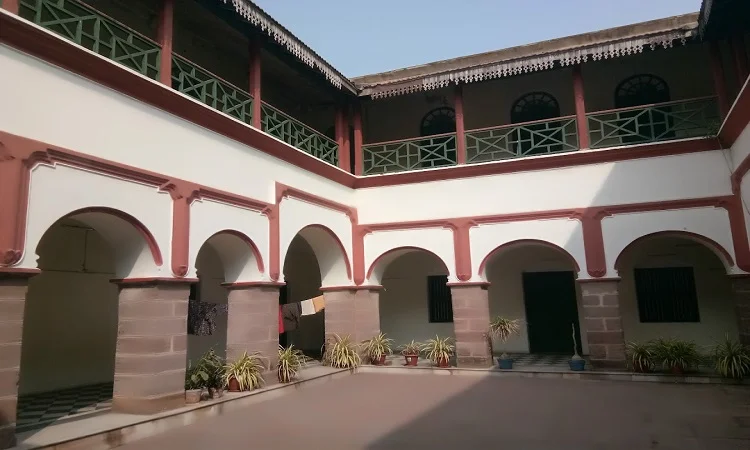
The Hawa Mahal, which means “palace of winds,” is the royal family of Jeypore’s summer residence palace. Maharaja Ram Chandra Dev IV built it on Beach Road in Visakhapatnam between 1917 and 1923. It is regarded as one of the city’s most iconic historical structures. It is owned by Jeypore’s Maharaja.
It was built for Maharaja Ramchandra Deo of Jeypore, Orissa, as a transit stop and summer resort. This rich heritage site, which was once a historical palace, is still used for a variety of civic events. The grand symmetrical heritage structure overlooking the sea is a popular tourist destination that hosts a variety of art exhibitions and events.
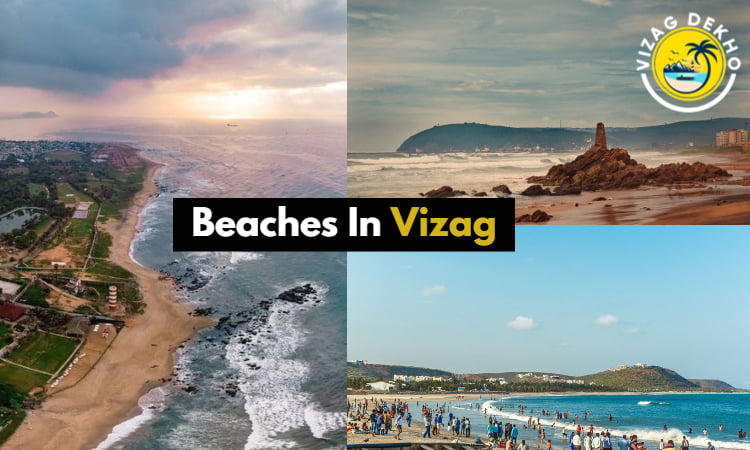
History of Hawa Mahal, Visakhapatnam
In 1917, Maharajah Ram Chandra Dev IV laid the foundation for this iconic beach palace. It was constructed as a summer resort and frequently served as a stopover for the Maharajas of Jeypore on their way to the presidency’s capital in Madras. The Maharaja of Jeypore bought a piece of sea-facing land from the Raja of Salur and used it to build the palace.
To raise the palace above sea level, the front land was filled in and an uneven hillock on the acquired land was levelled. Muppidi Venkat Rao, a young and dynamic architect, was given the contract to build the palace.
Hawa Mahal’s Architecture
The palace is reminiscent of the region’s Gothic Andhra architecture. It’s a one-of-a-kind two-story stone symmetrical building with twin octagonal projections on either side. The wooden windows are framed by segmented arched openings, and the high Madras roofing within the halls is made largely of Burma teak to ensure cool comfort during the Eastern Coast’s scorching summers. Semi-circular arched verandahs and rectangular wooden windows with ventilators lead into the palace from the central porch of the main structure. The structure has sixteen rooms and a large hall that hosts royal dinners and parties.
The royal family’s main residence, as well as the kitchens, servant quarters, car garages, and manager’s residence room, are all located within the palace complex. The verandah’s pillars are made up of large square stone columns with an interlocking system in the middle. At the load-bearing walls’ doorways and windows, there are a few semi-circular arches here and there. Italian tiles adorn the interior walls of the rooms, and Italian marble and Indian granite comprise the flooring. Stained Italian glass adorns the teak doors and windows from Burma. All of the rooms located around the central courtyard benefit from the light and breeze it provides.
The government took over a large portion of the palace after independence in order to construct the Beach Road. The guard rooms were topped with two cannons, and the finely crafted wooden main gate was flanked on both sides by two Grecian statues of sentinels. According to reports, this wooden gate took one and a half years to build.
Prominence of Hawa Mahal
Countless governors and high-ranking dignitaries have visited this magnificent palace. In 1961, the first Prime Minister of India, Jawaharlal Nehru, visited Visakhapatnam to inaugurate the Jalusha, the first ship built by the Hindustan ShipYard.While his visit,he stayed at Hawa Mahal.
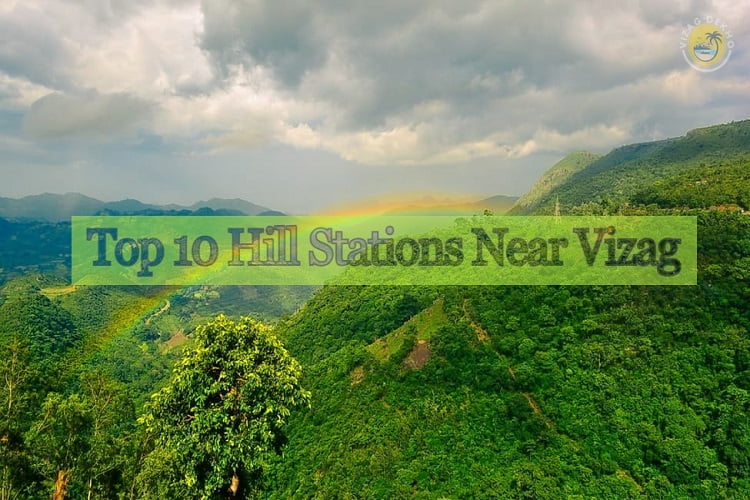
Countless governors and high-ranking dignitaries have visited this magnificent palace. In 1961, the first Prime Minister of India, Jawaharlal Nehru, visited Visakhapatnam to inaugurate the Jalusha, the first ship built by the Hindustan ShipYard.While his visit,he stayed at Hawa Mahal.
Countless governors and high-ranking dignitaries have visited this magnificent palace. In 1961, the first Prime Minister of India, Jawaharlal Nehru, visited Visakhapatnam to inaugurate the Jalusha, the first ship built by the Hindustan ShipYard.While his visit,he stayed at Hawa Mahal.
Location Map For Hawa Mahal
